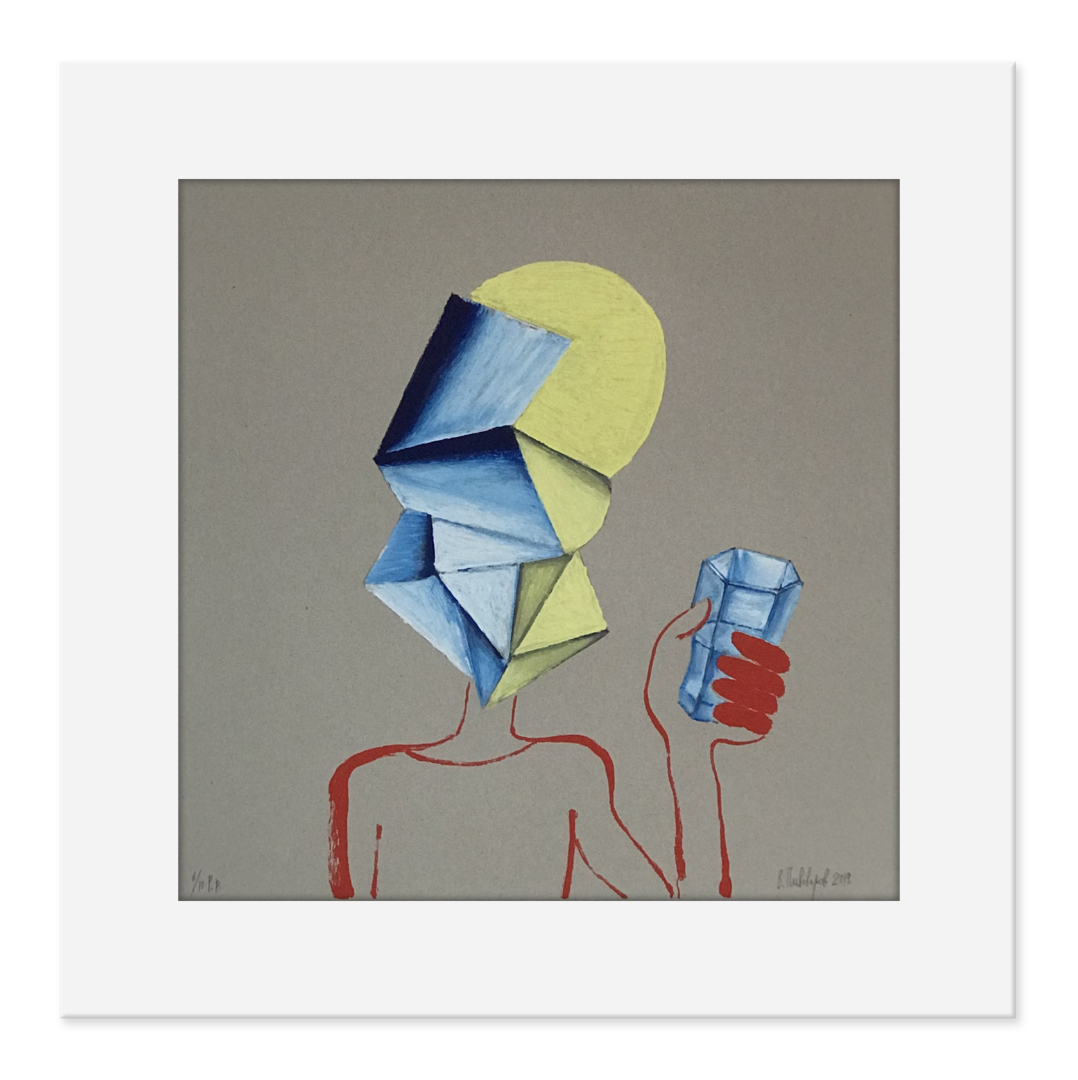Love for art, rational calculation, passion for the work of a particular artist, a certain period in the history of art or for collecting in general - all these reasons may lie behind collecting. In any case, each collection is built according to one of the principles of collecting.

Collecting works by one artist, often belonging to different periods of his work, is called vertical collecting. Thanks to this approach, the collector becomes a real expert, specializing in the work of a particular artist. A prominent representative of the collector's world, frenchman Jean Pigozzi is following the advice that Charles Saatchi once gave him: “If you like an artist, then buy as many of his works as possible, and also continue to acquire them year after year. It is extremely interesting to observe the evolution of an artist: sometimes his art becomes better, sometimes - worse.

In contrast, buying individual works from a large number of different artists is called horizontal collecting. If the collection belongs to one time period, such collecting is called niche.
The owner of one of the most significant collections of art from the Soviet 60’s, which formed the basis of the New Life of "Other Art» Museum, Mikhail Alshibaya, tells incredibly interesting stories of works from his collection. When asked why he chose the 1960s as his main focus, the collector replies: “I felt an inner resemblance to how the artists of this era discovered real art for themselves. But Nemukhin's influence also played a role. Then, in the mid-1960s, a certain group of “main” artists had already been formed, but their works cost nothing. And some artworks, quite significant, I literally got out of the garbage cans. "

By the way, many Russian collectors begin to collect the art of the 60s, and later move on to collecting works of other time periods, including young artists - in this case, the principle of collecting goes from the category of niche to cross collecting.
Mixed collections are an excellent example of passion for collecting. They are often the result of impulsive, emotional purchases. Collection of an American steel mogul at the turn of the 19th and 20th centuries, Henry Frick, has a huge number of items from completely different periods - from French artists of the "Barbizon school" to the works of old masters of Spain, Holland and the Flemish school, as well as sculptures, porcelain, 18th century furniture and oriental carpets. In compiling the collection, Frick was guided exclusively by his own taste and a passionate desire to surround himself with luxurious works of art. The collection is exhibited in his mansion in the same way as during the lifetime, therefore accurately conveys its atmosphere.
JART gallery collection of edition art provides opportunities for compiling collections according to each of the principles of collecting. For example, you can choose the principle of horizontal collecting and concentrate on the work of conceptual artists. This most important trend in contemporary art is represented on JART.market by such prominent names as Viktor Pivovarov, Pavel Pepperstein, Igor Makarevich and Elena Elagina.